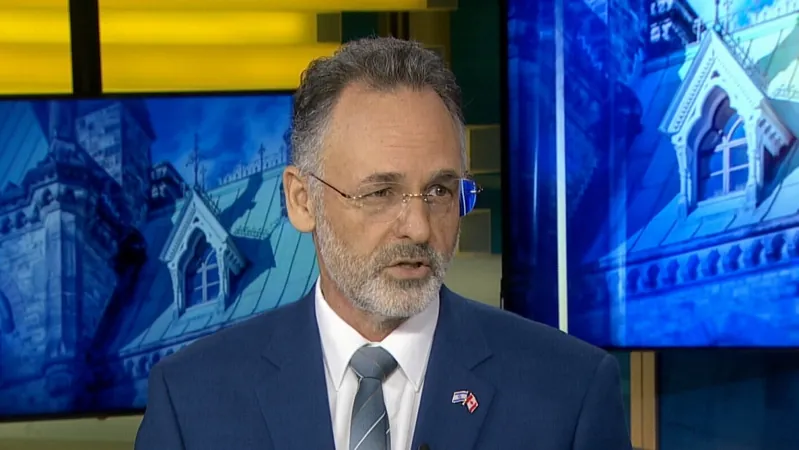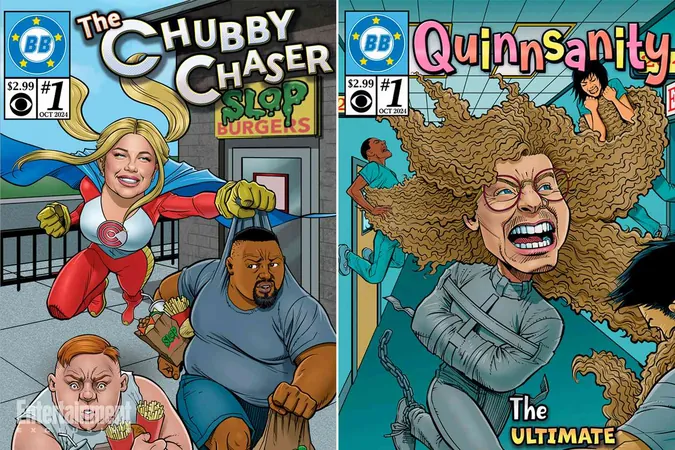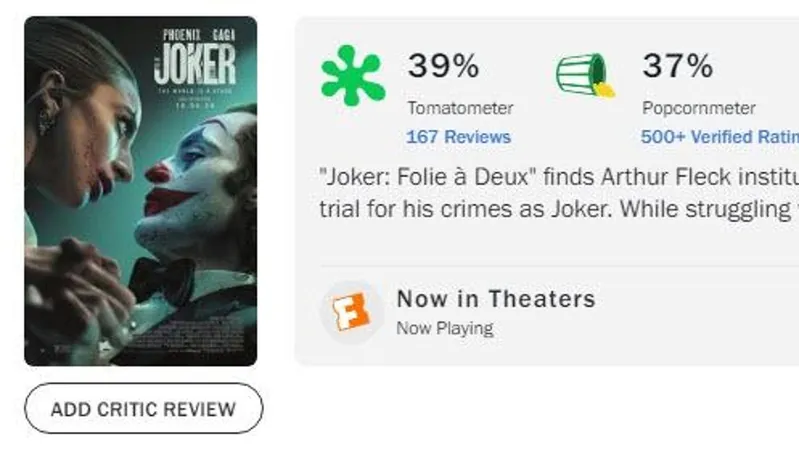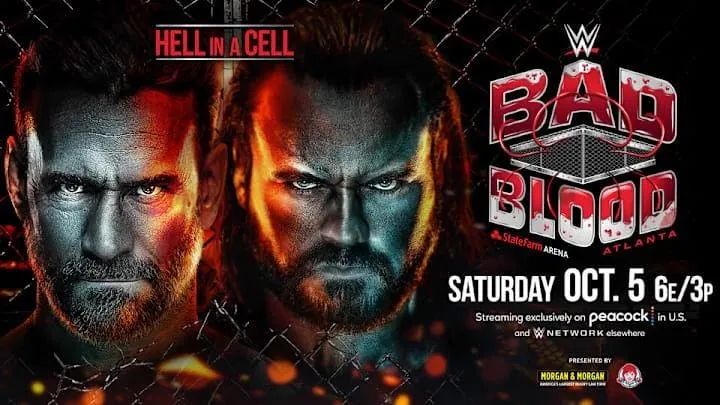
The Timeless Allure of the Ferrari Daytona: A Legacy Revived in the New 12Cilindri
2024-10-04
The Ferrari 365 GTB/4, fondly dubbed the "Daytona," remains one of the most iconic cars of the 1970s, capturing the hearts of both Hollywood stars and car enthusiasts alike. Beyond its glamorous aesthetic, the Daytona became a cultural phenomenon, appearing in films that defined an era. Its most notable roles include a gripping presence in Robert Altman’s neo-noir masterpiece *The Long Goodbye* and a memorable performance alongside Barbra Streisand and Kris Kristofferson in the 1976 classic *A Star Is Born*.
Fast forward to today, and we’re witnessing the reinstatement of this legendary sports car's essence in Ferrari’s latest offering: the $459,000 12Cilindri. Flavio Manzoni, the design chief at Ferrari, draws clear lines between this new model and its illustrious predecessor, emphasizing that the 12Cilindri’s front end and overall design pay homage to the groundbreaking Daytona.
Released during a tumultuous time in 1968, the Daytona emerged as a reflection of and a response to the social and cultural upheaval of the late 1960s. The era saw a shift in automotive design towards sleeker, more angular shapes better aligning with the Brutalist architectural movement. As cities grappled with social unrest and a push for change, luxury vehicles transformed into more robust designs—sporting cars like the Daytona adopted this ethos, with their low profiles and sharp creases conveying a sense of urgency and rebellion.
The Daytona's bold departure from the rounded designs of earlier Ferraris was revolutionary. With its razor-sharp prow and subtle, nearly invisible grille hidden behind pop-up headlights, the Daytona redefined attractiveness and performance. Powering this masterpiece was a spirited 347 hp V12 engine, which further solidified its status as a must-have among the elite.
Throughout the 1970s, this vehicle found its way into the garages of numerous celebrities. Pink Floyd's Roger Waters, rock legend Eric Clapton, and musician Elton John were just a few of the artists captivated by its allure. The Carpenters featured it on the cover of their platinum album *Now & Then,* and daredevil Evel Knievel was also among the lucky owners. Even Academy Award-winning director Sydney Pollack couldn't resist its charm.
The Daytona also left its mark on cinema history—beyond its roles in *The Long Goodbye* and *A Star Is Born*, it was famously one of the cars in the original *Gone in 60 Seconds* (1974) and represented a symbol of luxury and rebellion in the popular TV series *Miami Vice*.
Now, the 12Cilindri brings back that much-loved silhouette, housing a mighty V12 engine that evokes nostalgia while standing apart from current trends toward turbocharging and electric power. In an era where many manufacturers prioritize efficiency and environmental concerns, Ferrari's choice to stick with a high-performance V12 engine is a rebellious act—perhaps even a provocative statement against the prevailing automotive norms.
As the launch of the 12Cilindri approaches, fans are eagerly awaiting to see if this modern marvel can replicate the Daytona's storied success. One thing is certain: Ferrari's legacy of boldness and luxury will once again roar to life on the streets of Beverly Hills and Malibu when deliveries commence early next year. Will it captivate a new generation and recapture the essence of what made its predecessor an icon? Time will tell, but anticipation is already palpable!









 Brasil (PT)
Brasil (PT)
 Canada (EN)
Canada (EN)
 Chile (ES)
Chile (ES)
 España (ES)
España (ES)
 France (FR)
France (FR)
 Hong Kong (EN)
Hong Kong (EN)
 Italia (IT)
Italia (IT)
 日本 (JA)
日本 (JA)
 Magyarország (HU)
Magyarország (HU)
 Norge (NO)
Norge (NO)
 Polska (PL)
Polska (PL)
 Schweiz (DE)
Schweiz (DE)
 Singapore (EN)
Singapore (EN)
 Sverige (SV)
Sverige (SV)
 Suomi (FI)
Suomi (FI)
 Türkiye (TR)
Türkiye (TR)